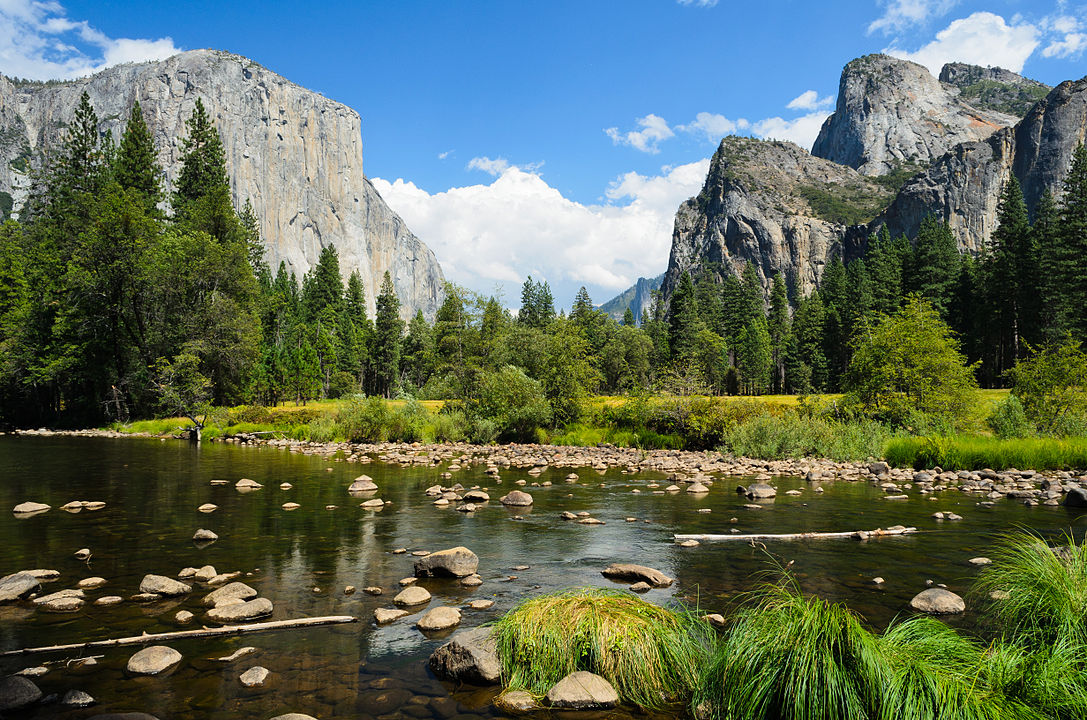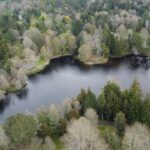Quick Bits:
Yosemite National Park stands as one of nature’s finest works. With its towering cliffs, ancient sequoias, and cascading waterfalls, this California gem invites millions each year to marvel at its rugged grandeur. Spread across the western slopes of the Sierra Nevada, Yosemite is both a UNESCO World Heritage Site and a cornerstone of the American conservation movement.
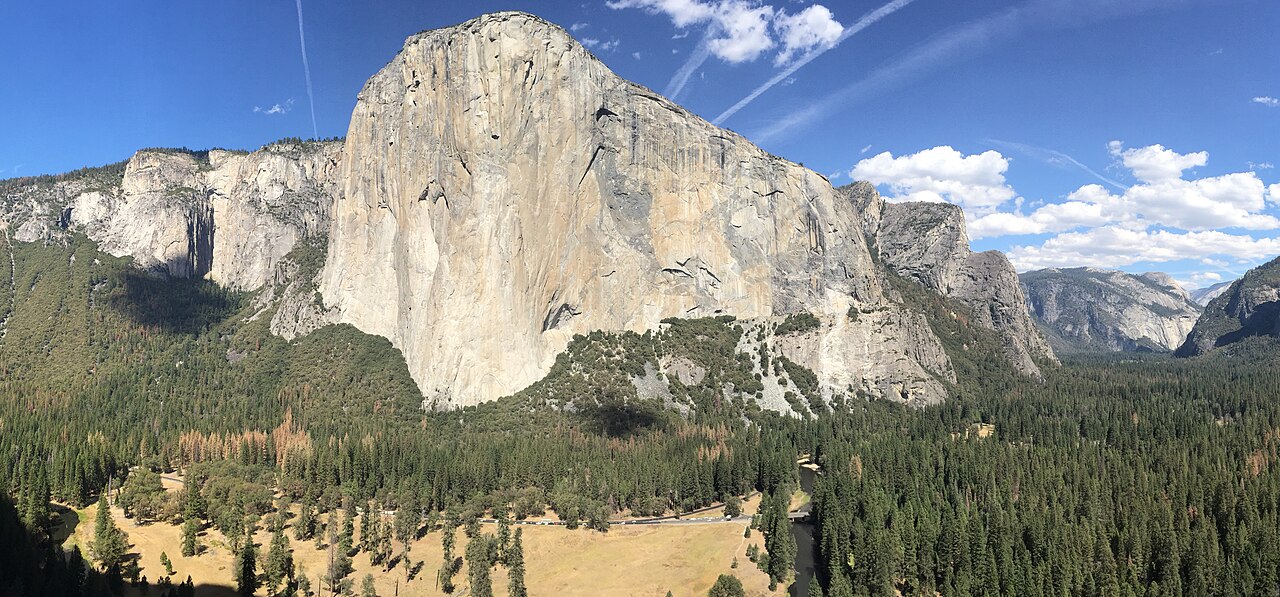
Image by: Jarek Tuszynski – Via Wikipedia
Key Highlights
- Home to El Capitan and Half Dome
-
Contains Yosemite Falls, among the tallest in North America
-
Ancient sequoia groves with trees thousands of years old
-
Over 750 miles of hiking trails
-
Designated in 1890 as a national park
-
A paradise for climbers, hikers, and photographers.
General Information
Yosemite National Park covers over 1,100 square miles. It lies in eastern California, between the Central Valley and the Sierra Nevada mountains. More than four million people visit each year. The park is managed by the National Park Service.
President Abraham Lincoln signed legislation in 1864 to protect the Yosemite Valley and the Mariposa Grove. This led to the broader national park movement in the United States. Yosemite became a national park in 1890.
Most visitors concentrate in Yosemite Valley. This area holds landmarks such as El Capitan, Bridalveil Fall, and Half Dome. Beyond the valley, vast wilderness areas offer solitude and raw beauty.
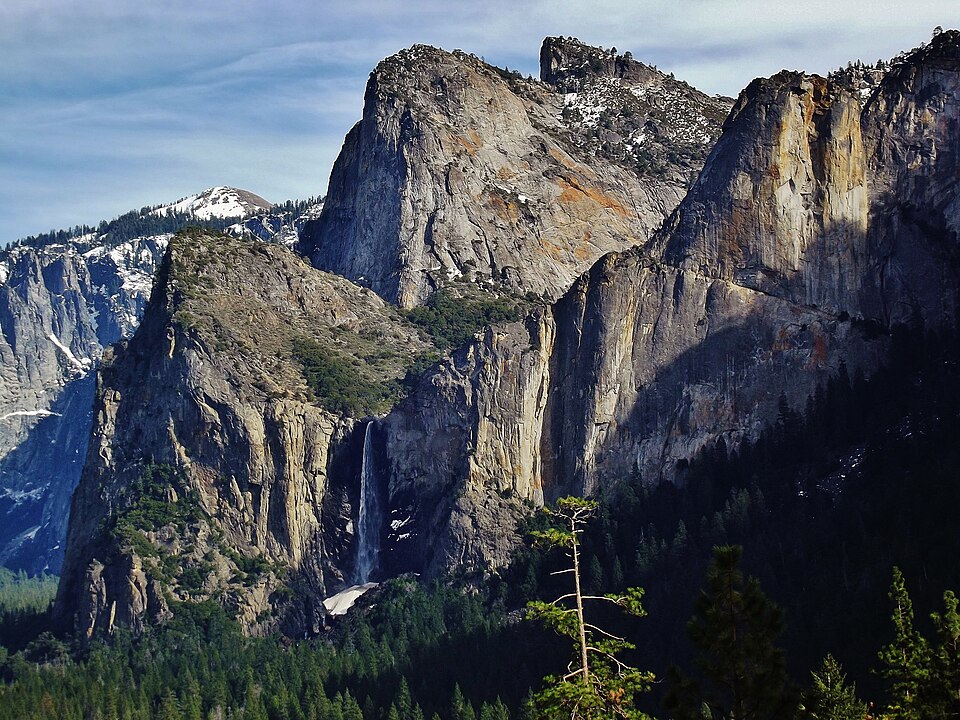
Image by: Amadscientist – Via Wikipedia
Geography Information
Yosemite’s terrain varies from lowland meadows to alpine peaks over 13,000 feet high. Granite dominates the landscape. Glaciers carved much of the topography thousands of years ago.
Major features include:
-
Yosemite Valley: A glacial valley with vertical cliffs and lush meadows
-
Tuolumne Meadows: Subalpine plains filled with wildflowers and granite domes
-
High Sierra Peaks: Jagged mountain ranges that form the backbone of the park
-
Mariposa Grove: Ancient sequoia trees rising high above the forest floor
Rivers like the Merced flow through deep canyons, feeding numerous waterfalls. Elevation ranges from 2,000 feet to over 13,000 feet, creating diverse ecosystems.
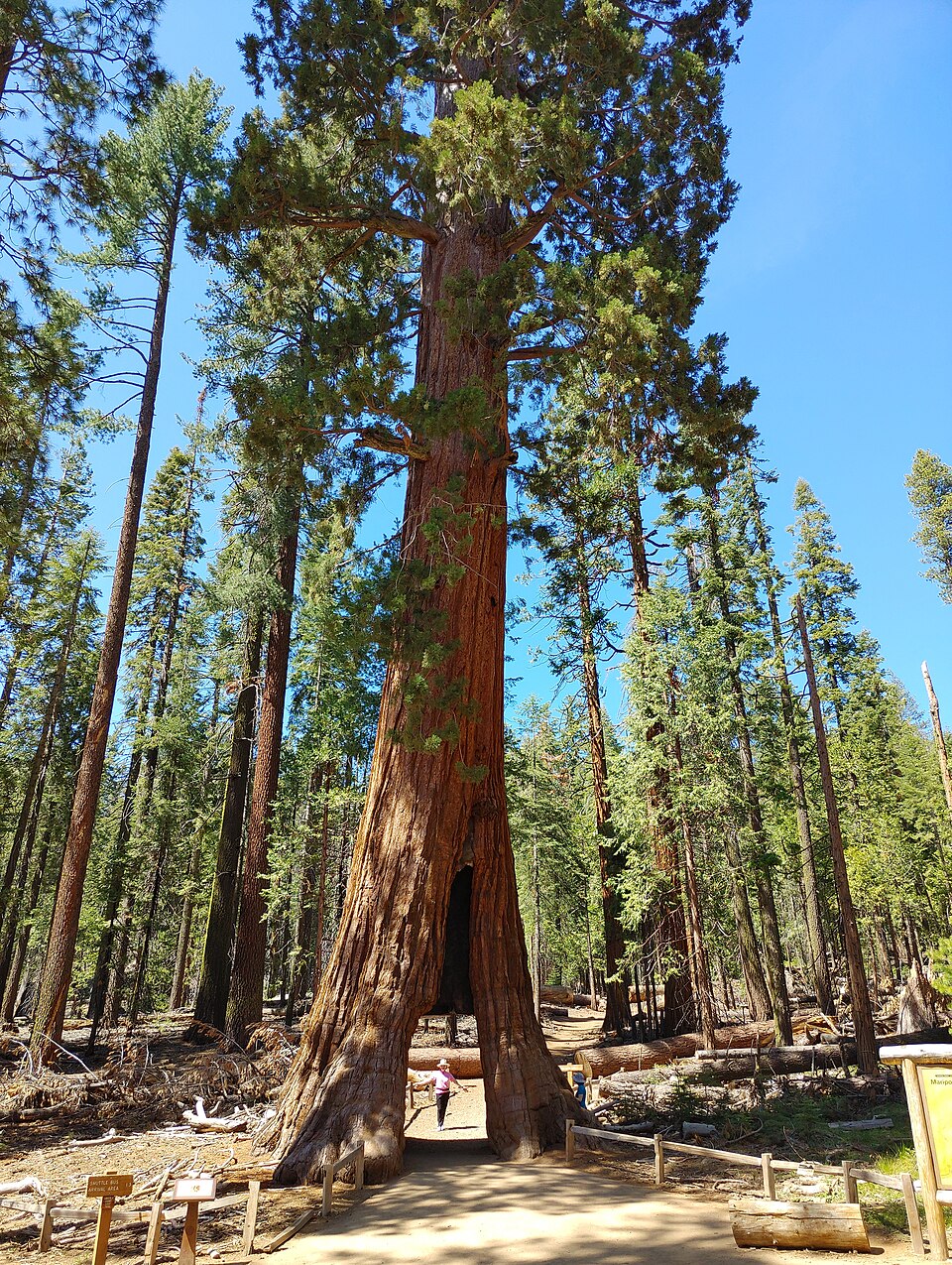
Image by: Steveshelokhonov – Via Wikipedia
Places to Visit
Yosemite National Park holds an abundance of natural wonders and iconic sites. Highlights include:
-
El Capitan: A granite monolith rising over 3,000 feet. A beacon for rock climbers.
-
Half Dome: Recognized by its sheer face and curved back. A challenging yet rewarding hike.
-
Yosemite Falls: One of North America’s tallest waterfalls. Best viewed in spring.
-
Glacier Point: A lookout offering panoramic views of Yosemite Valley and Half Dome.
-
Bridalveil Fall: A misty cascade near the valley entrance. Winds sway its plume.
-
Tunnel View: A classic vantage point capturing El Capitan, Bridalveil Fall, and Half Dome.
-
Mariposa Grove: Home to over 500 mature giant sequoias.
-
Tuolumne Meadows: A serene, high-elevation meadow filled with wildlife and trails.
-
Mirror Lake: A seasonal lake that reflects the cliffs above.
-
Hetch Hetchy: A lesser-known reservoir area with hiking and waterfalls.
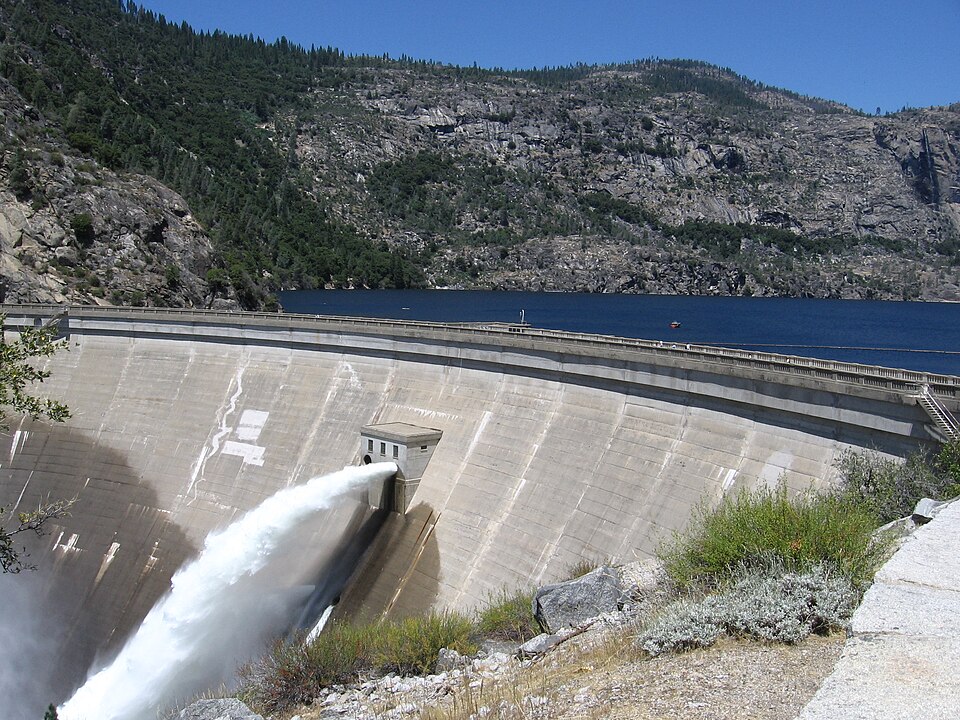
Image by: Inklein – Via Wikipedia
Yearly Climate
Yosemite experiences distinct seasons that shape the visitor experience.
-
Spring (March to May)
-
Snow begins to melt
-
Waterfalls surge with power
-
Wildflowers emerge at lower elevations
-
-
Summer (June to August)
-
Warm temperatures
-
Ideal for high-elevation hikes
-
Crowds peak
-
-
Fall (September to November)
-
Crisp air and thinning crowds
-
Autumn colors brighten the landscape
-
Cooler nights
-
-
Winter (December to February)
-
Snow blankets the park
-
Cross-country skiing and snowshoeing become popular
-
Chains may be required for driving
-
Temperatures range widely due to elevation changes. Yosemite Valley can see summer highs in the 80s while mountain peaks remain cool.
Best Time of Year to Visit
Spring ranks as the prime season to witness Yosemite’s waterfalls at full force. The snowmelt feeds streams and rivers, creating thunderous cascades. Temperatures remain pleasant, and wildflowers begin to bloom.
For hiking and backcountry trips, summer opens the higher elevations. Most roads and trails become accessible. Expect large crowds and consider entering early or late in the day.
Fall brings a peaceful atmosphere. Trails remain open, but fewer visitors enter. The changing leaves paint the park with gold and crimson.
Winter offers a quiet, snow-laced wonderland. The valley floor remains accessible, and spots like Badger Pass welcome winter sports.
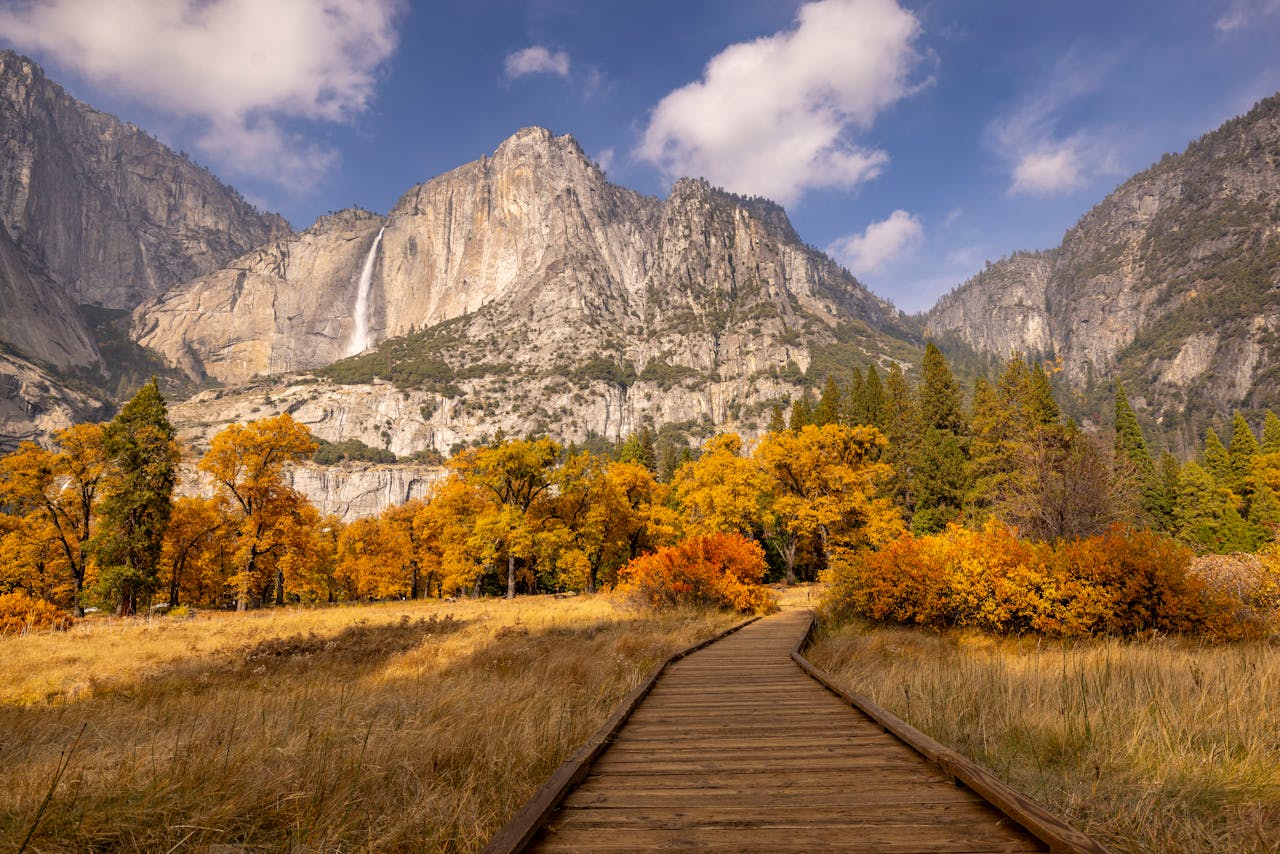
Image by: Stephen Leonardi – Via Pexels
In Summary…
Yosemite National Park showcases nature at its boldest. With granite giants, roaring waterfalls, and ancient trees, it calls out to those who seek wonder and wildness. From a stroll through meadows to scaling the heights of Half Dome, this park offers an unmatched experience. Every season brings a new reason to explore, to breathe in crisp mountain air, and to reconnect with the earth.

